Deragliatore ben protetto nel telaio e tensione catena affidata a delle pulegge anch’esse lontane da rocce ed ostacoli vari. Niente peso in più dovuto ad un gearbox. Guardate questa invenzione, chiamata Supre Drive, perché non è un pesce d’aprile!

Advantages of the Supre Drive
1. Ultra durable
No more broken derailleurs because the derailleur has two mount points, it’s protected by the frame, and it stays far from the ground.
2. Efficient
More efficient than a gearbox, and more efficient than other high pivot bikes because of the large pulleys and a constant chain tension system that reduces drag.
3. Lightweight
While 100–200g heavier than conventional derailleur drivetrains, it’s much lighter than gearboxes. The system also reduces unsprung mass (by around 130g compared to XT) because the derailleur weighs less and because there’s less chain near the cassette.
4. Well damped
Speed-sensitive tensioner damping outperforms any derailleur clutch on the market.
How does it work?
Conventional derailleurs have two functions: (1) they shift the chain across cassette sprockets, and (2) they tension the chain. These two functions are separated in the Supre Drive, with the shifting remaining with the derailleur and the chain tensioning moved to a chain tensioner at the middle of the bike.
The following image shows how the Supre Drive works. The blue line represents the chain in the lowest gear, and the red line represents the chain in the highest gear. When shifting from a high gear to a low gear, the chain tensioner arm pivots counter-clockwise around the bottom bracket axis.
The derailleur has a gear shifting mechanism like that of conventional derailleurs, but there is only one pulley and no tensioner arm. The task of tensioning the chain is moved to the middle of the bike while the derailleur is focused solely on shifting. This enables the drivetrain to have more ground clearance, as shown in the following comparison with a conventional derailleur.
There’s no derailleur hanger and no B-limit, making the derailleur easier to adjust.
The tensioner arm is connected by a cable to a cartridge that contains a spring and a damper. The cartridge is inside the down tube. Whereas conventional derailleurs produce increasing chain tension in the low gears, the tensioner system of the Supre Drive produces approximately constant chain tension across all gears. This is achieved by decreasing the leverage of the cable on the tensioner arm as the tensioner arm rotates back during shifts to lower gears. This decrease in leverage compensates for the increase in force from the spring. The approximately constant chain tension improves the efficiency of the Supre Drive. Additionally, the large size of the pulleys also improves the efficiency of the Supre Drive.
The damper is hydraulic and works far better than current derailleur clutches. It’s speed-sensitive, meaning that there’s a lot of force when the tensioner arm rotates fast (which occurs while riding over rough stuff) and there’s less force when the tensioner arm rotates slowly (which occurs while shifting).
The Supre Drive is compatible with off-the-shelf hubs, bottom brackets, cranks, chains, shifters, and cassettes. Two specific requirements are a 52mm chainline and a T47 bottom bracket. The latest version of the Supre Drive works with a Shimano 10-51t cassette (although the prototype bike shown here has a 10-45t cassette). Shifting performance is the same as a full Shimano drivetrain.
The frame must be designed around the Supre Drive. I’m collaborating with one frame company and plan to collaborate with many more.


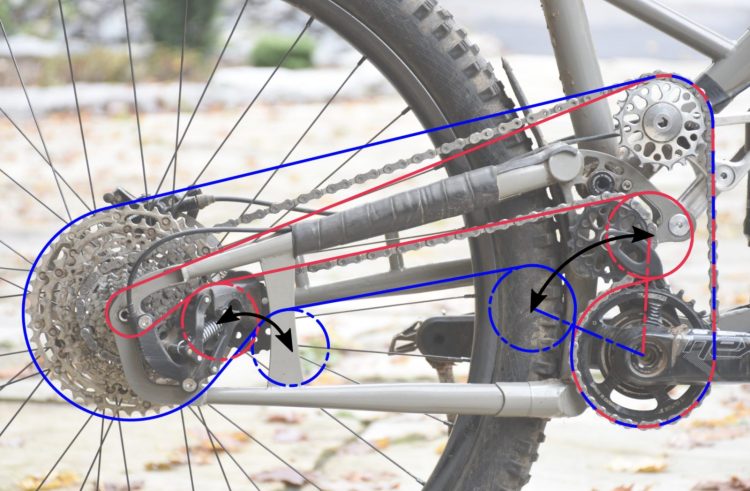
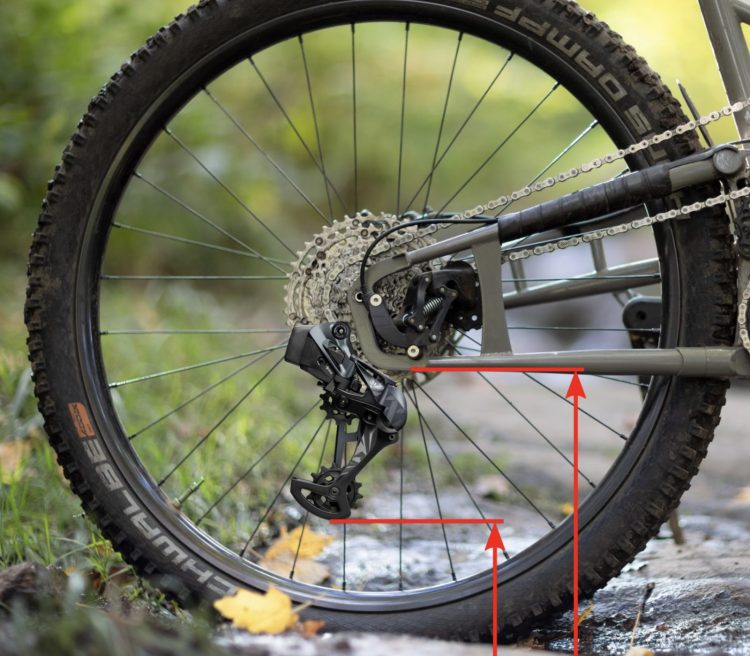
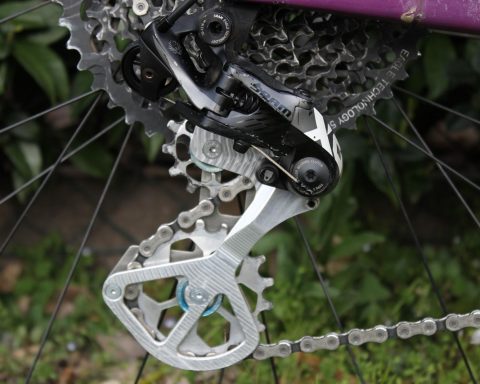
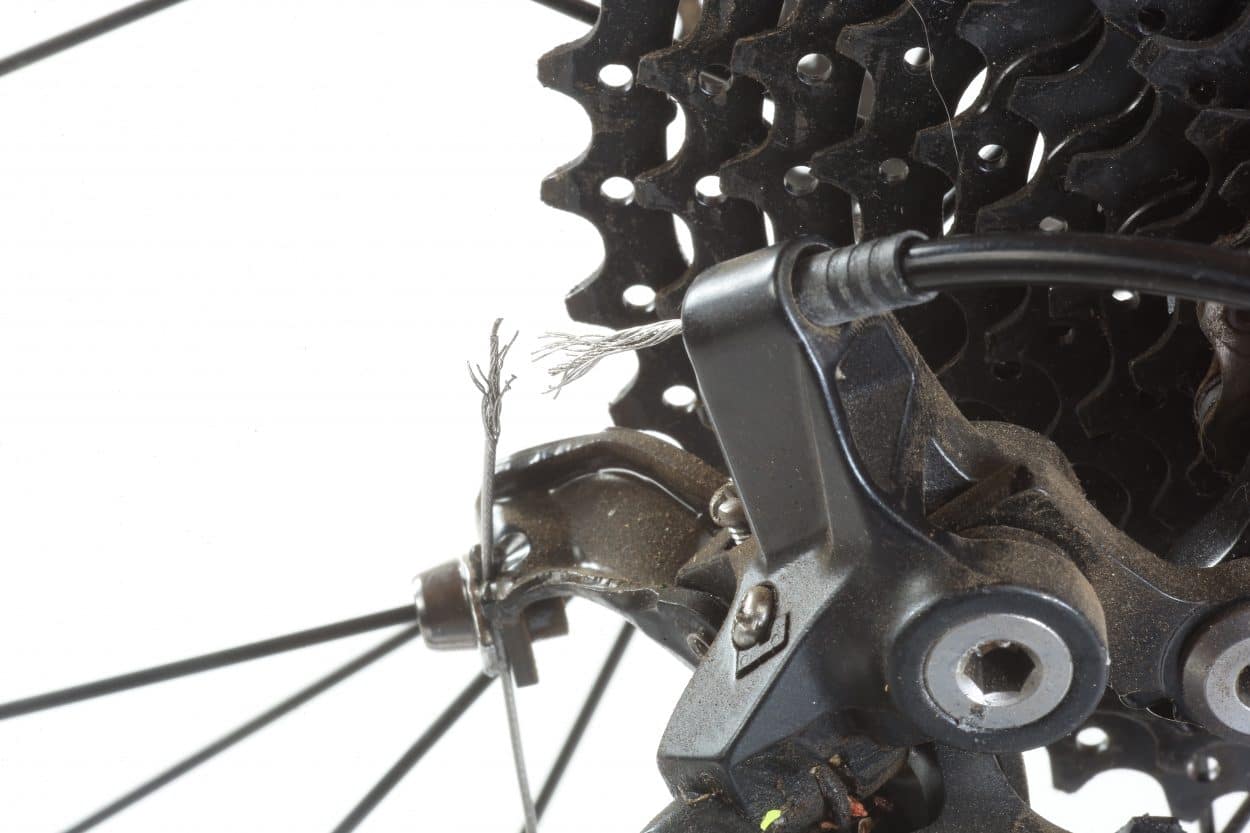
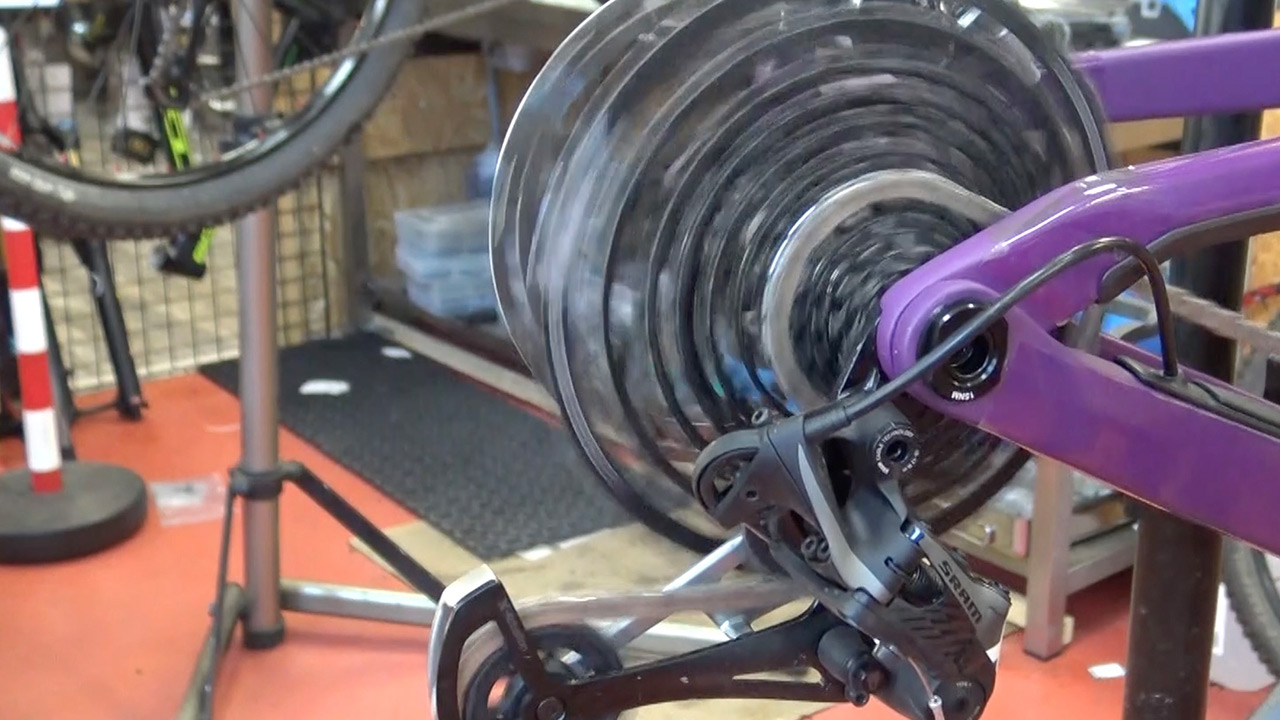
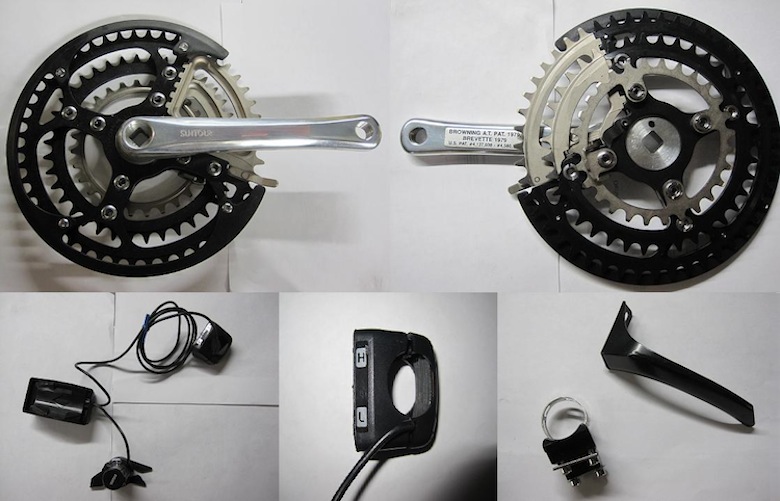
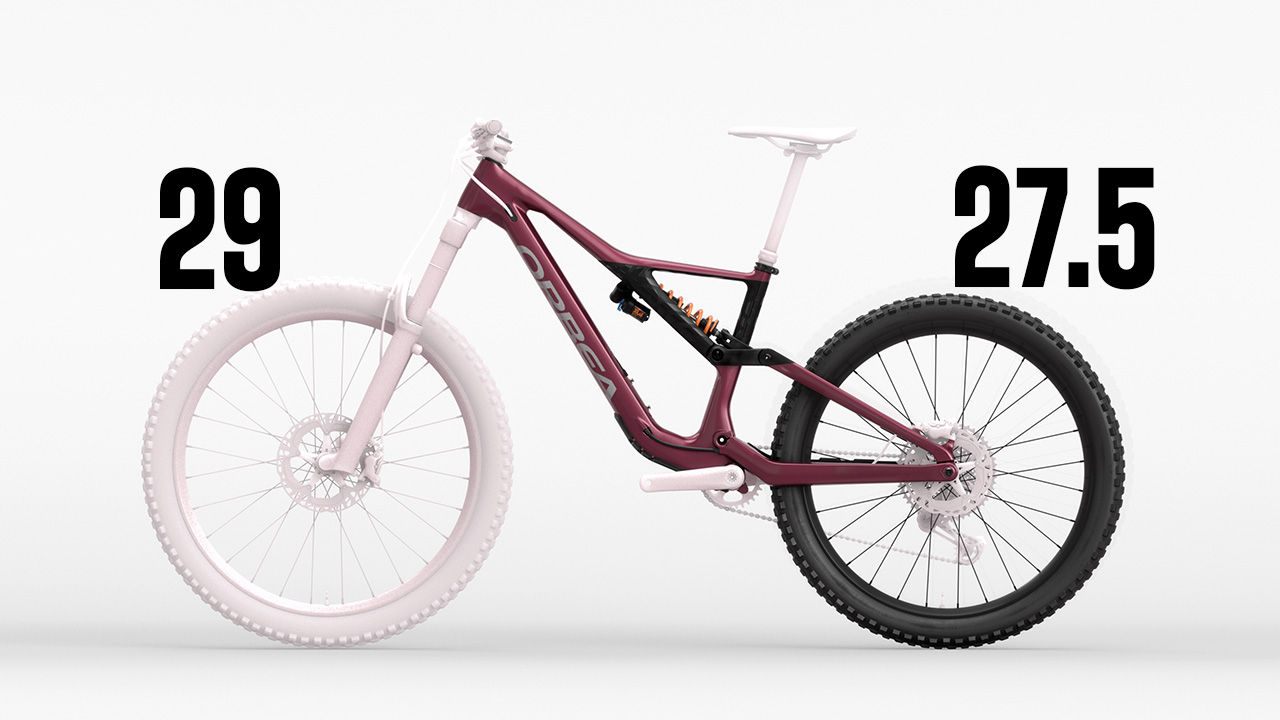
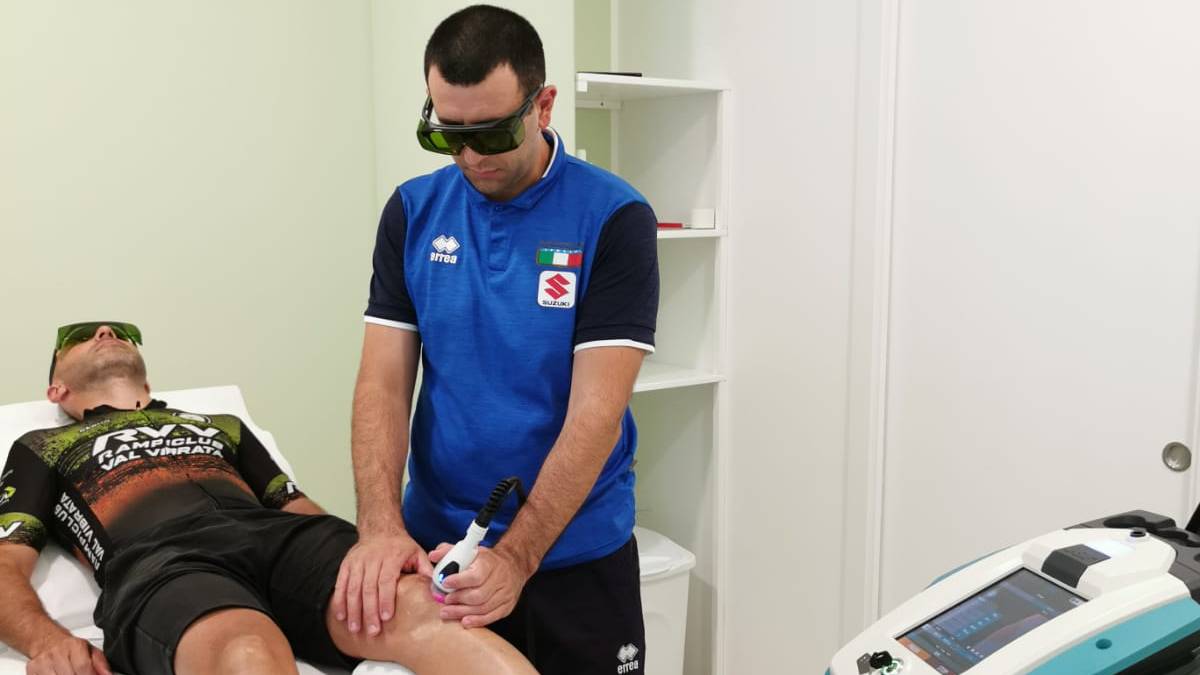





https://www.knowledge-share.eu/en/patent/cycling-gear-shifter-with-moving-cassette-2/
mi sembrano più interessanti garantendo fra l'altro sempre la linea catena ottimale se si riuscisse a miniaturizzare il tutto da farlo entrare in un mozzo eventualmente con attuazione elettromeccanica potrebbero essere il futuro.
Peccato per quelle pulegge anteriori che non sono bellissime da vedere e sicuramente genereranno più attriti, però del resto anche commenciale e GT adottano già la puleggia alta (ma solo sulle dh mi sembra)